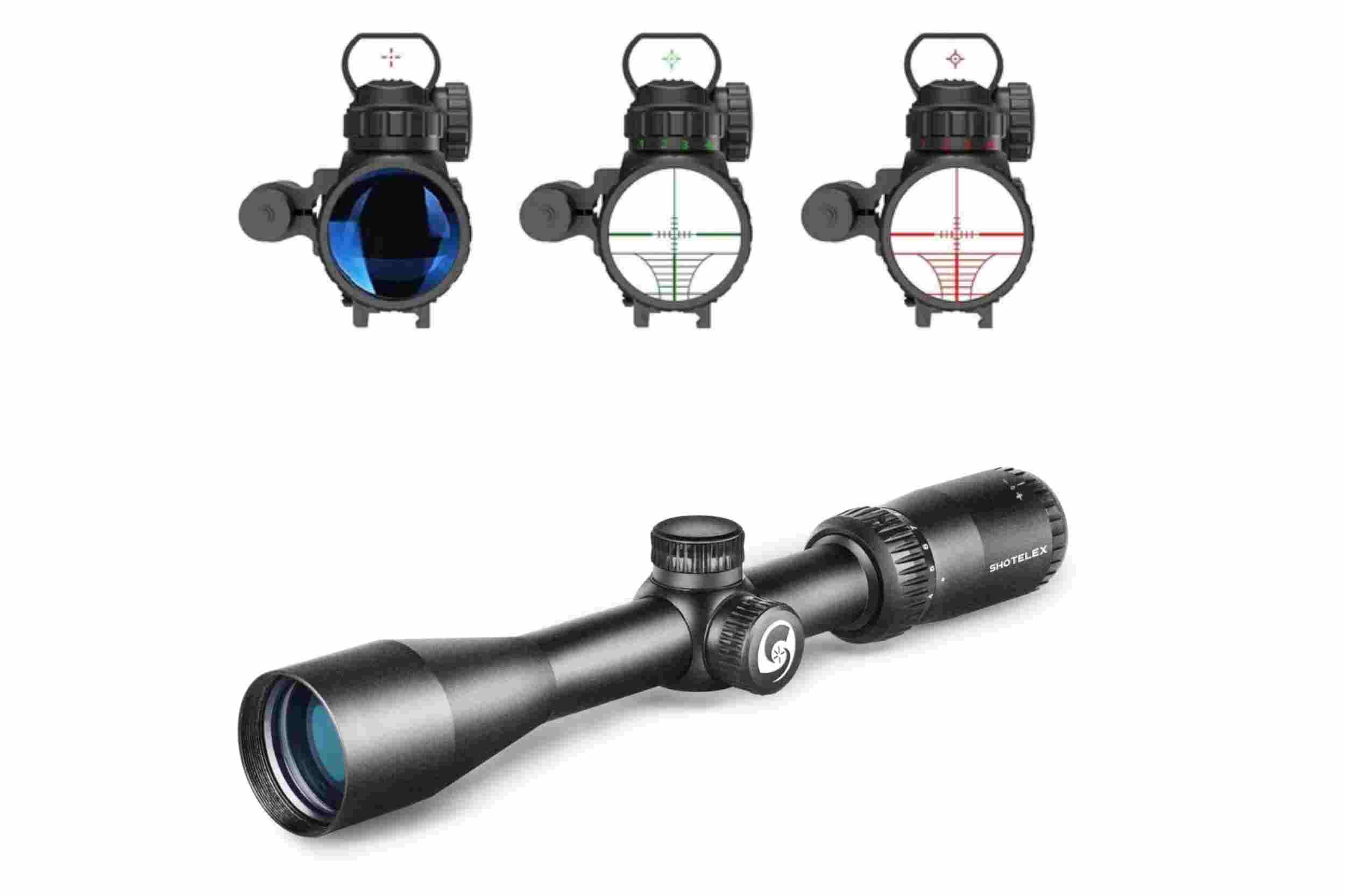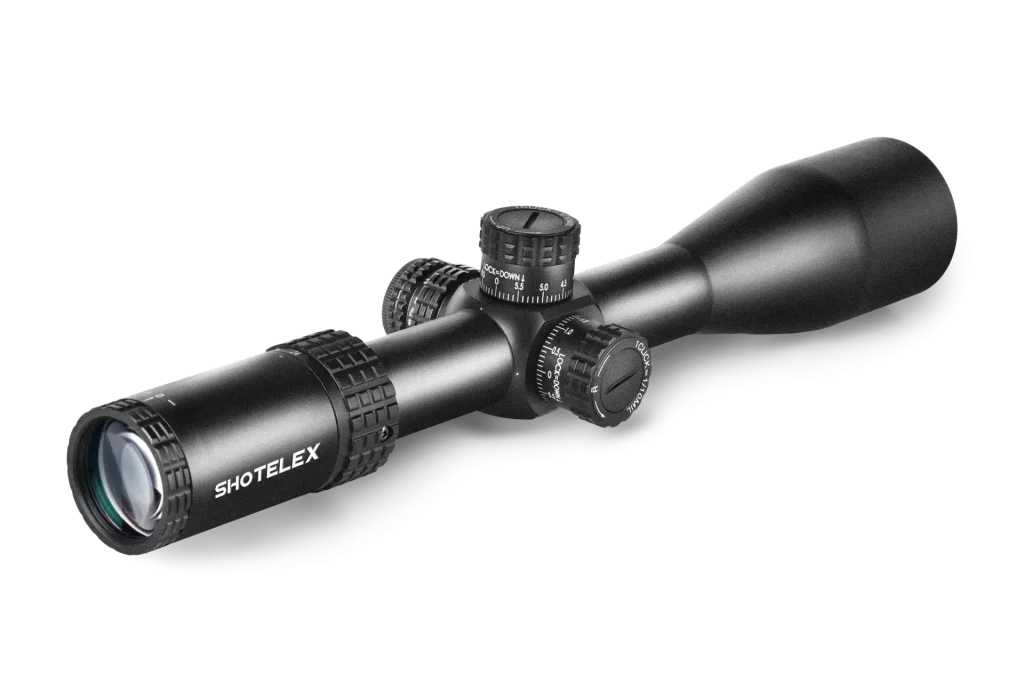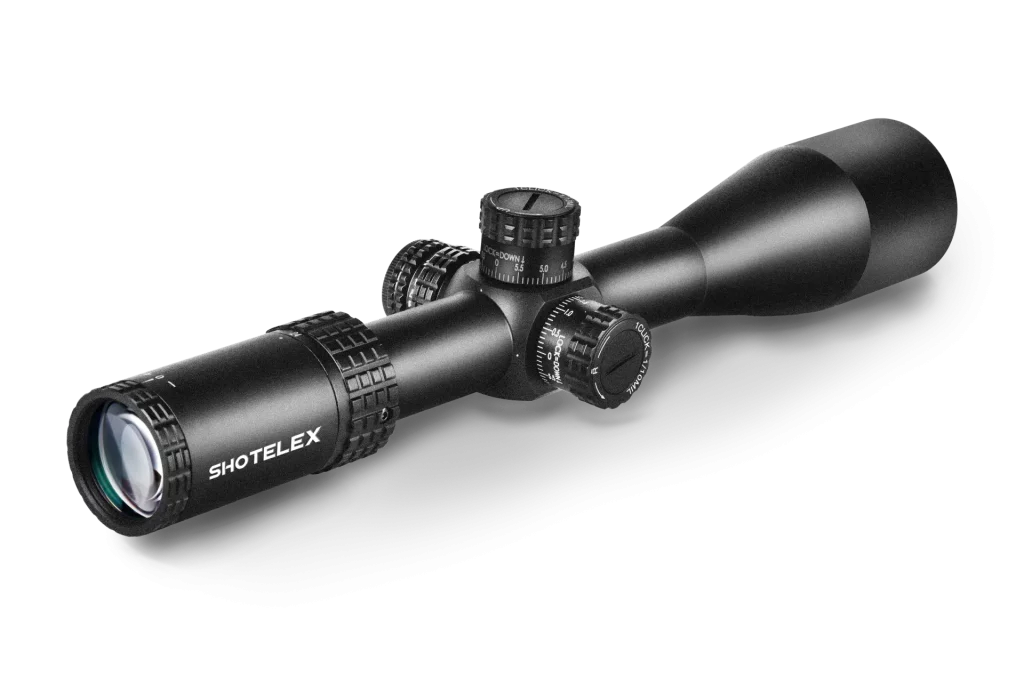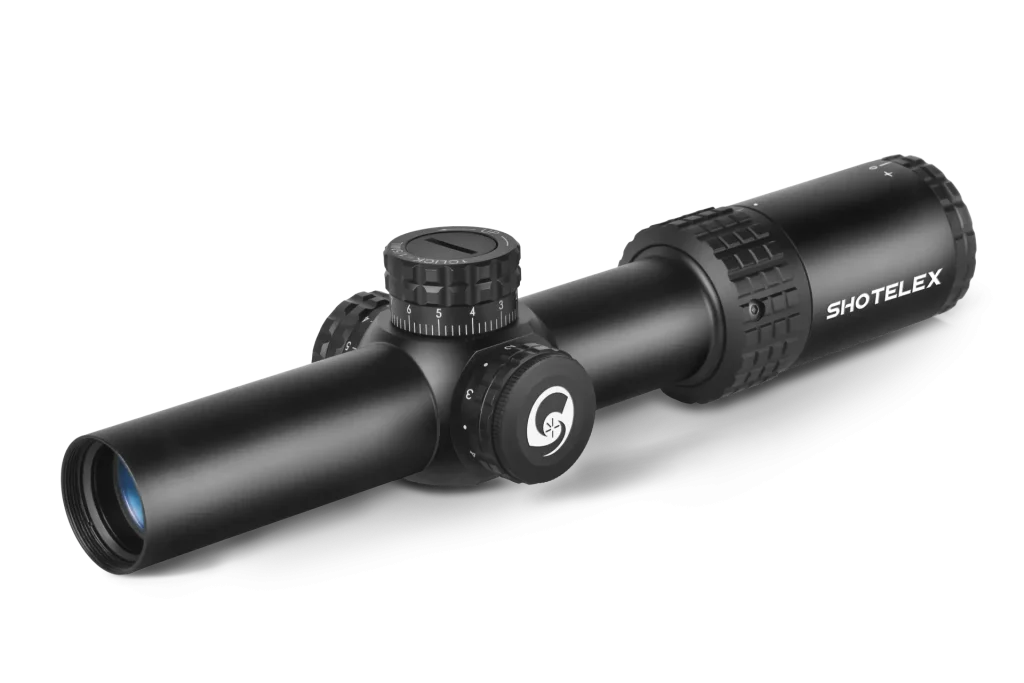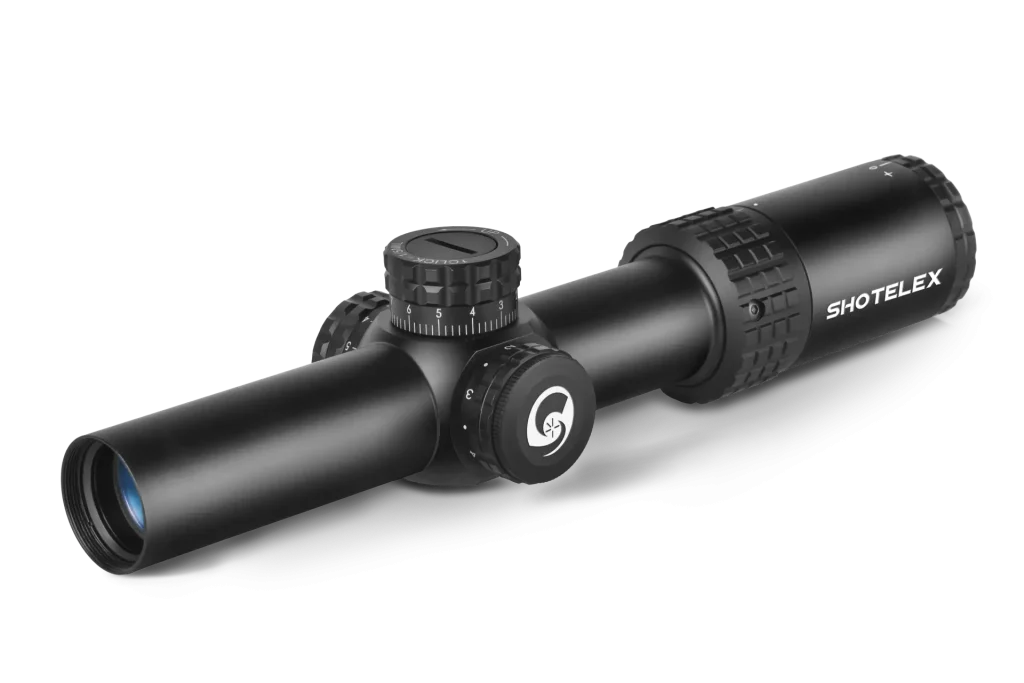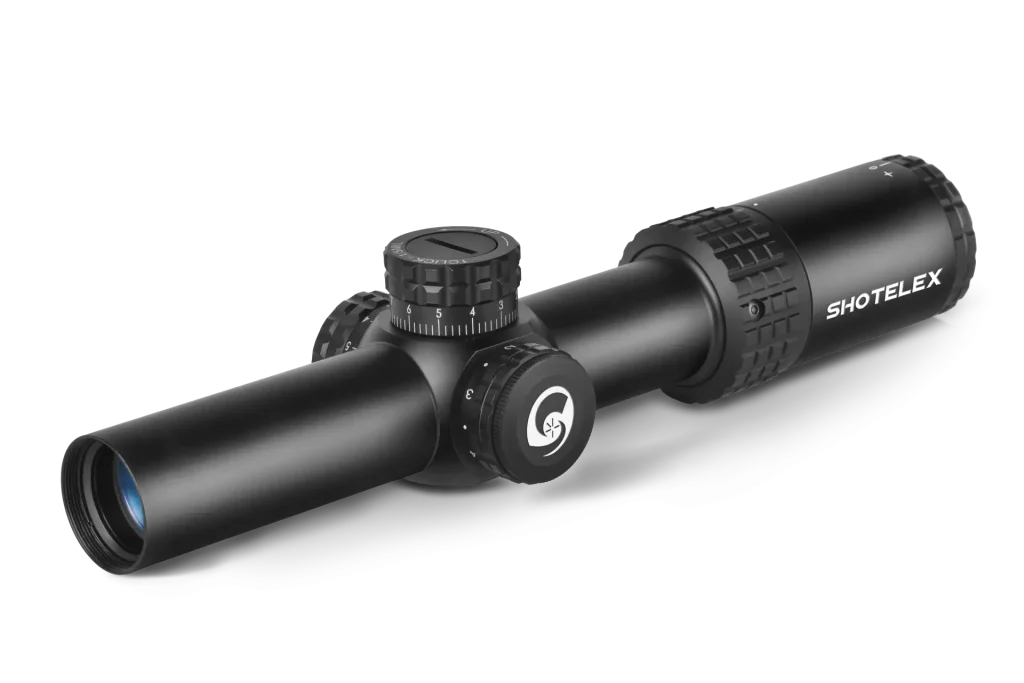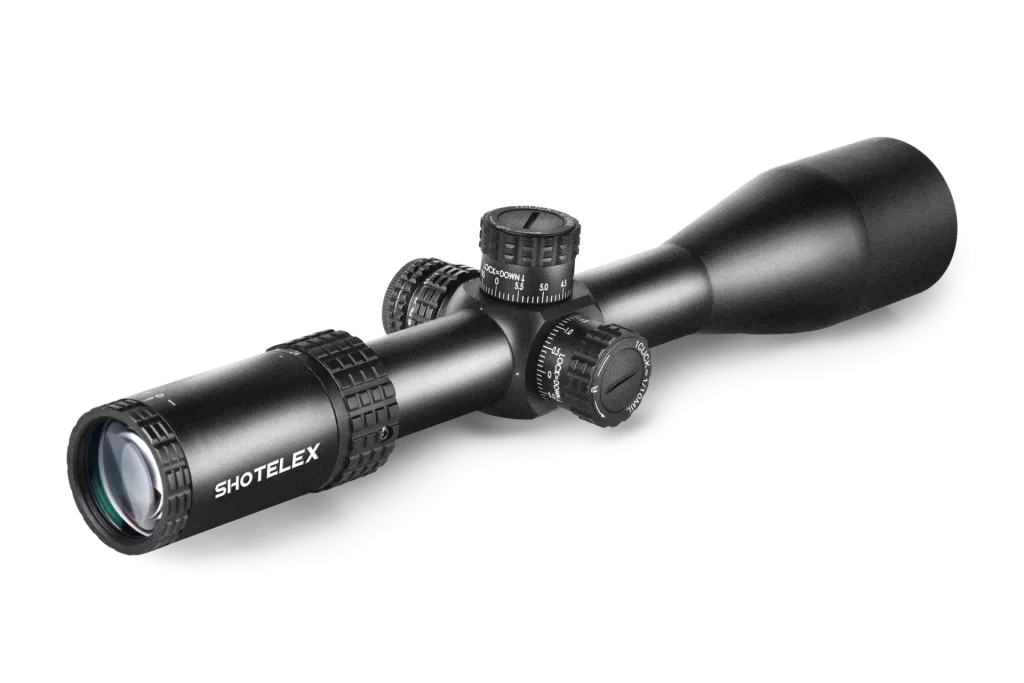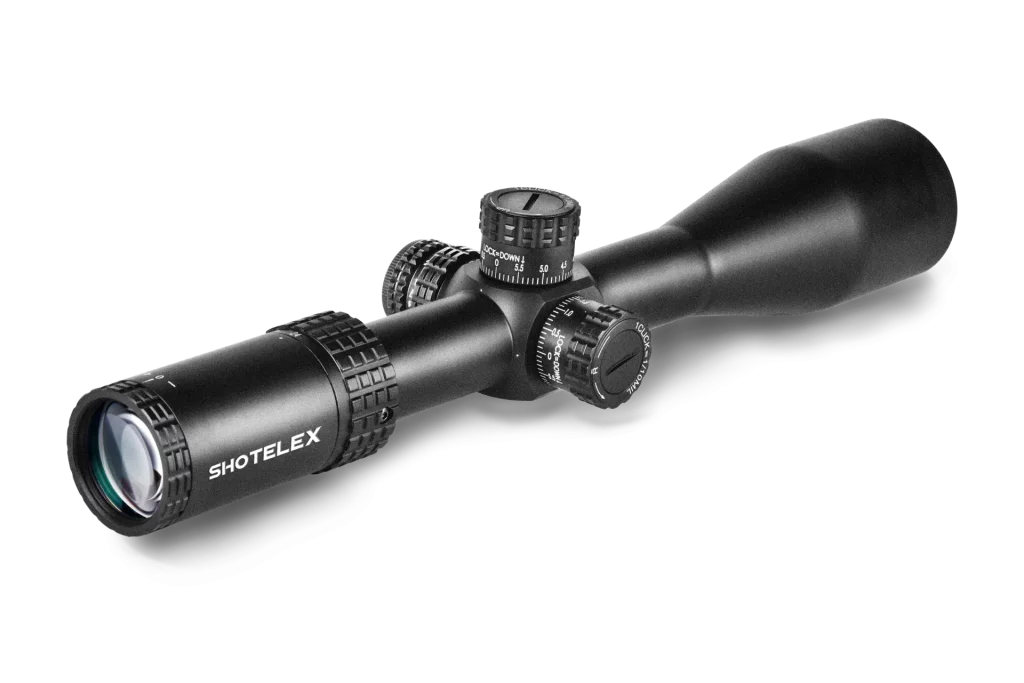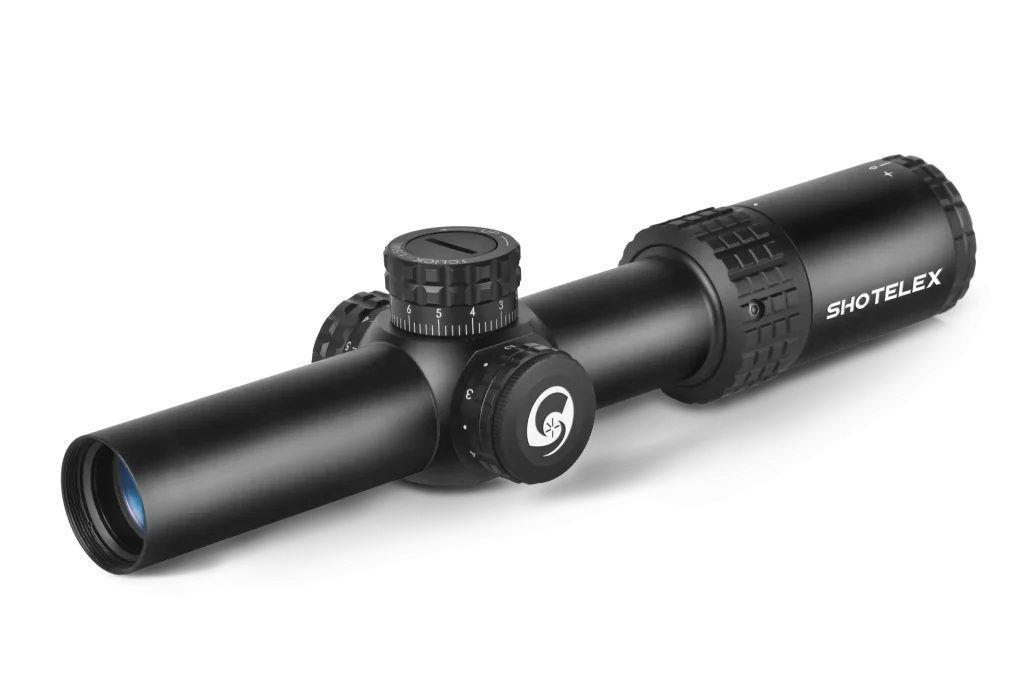How To Use Mil Dots On a Rifle Scope?
For those who use rifles, the mil dot on the scope is often an easily overlooked yet crucial function. Many people often encounter such a problem when shooting from a distance: they don’t know exactly how far the target is. As soon as the distance changes, the bullet goes off course, and they are at a loss when facing a moving target. In fact, as long as you master the usage method of the mil dots, all these problems can be easily solved.
What Is a Mil Dot?
Pick up the rifle and look into the distance through the sight. You will find that there are some evenly arranged small dots or short horizontal lines on the horizontal and vertical lines of the crosshaint. These are the mil dots. They are symmetrically distributed, like “scale marks” in a scope.
One mil has a clear meaning. It is approximately equivalent to 3.6 inches at a distance of 1,000 yards or 1 meter at a distance of 1,000 meters. This data serves as the foundation for all subsequent calculations. Only by understanding it can you grasp exactly what the distances between these mil dots represent.
Learning to use mil dots can directly solve several common pain points in shooting. When the target is too far away, you don’t have to guess the distance randomly anymore. When the distance changes, there is no need to worry about the bullet going off target anymore. Because with the help of mil dots, ranging and ballistic compensation can be accomplished without additional tools.
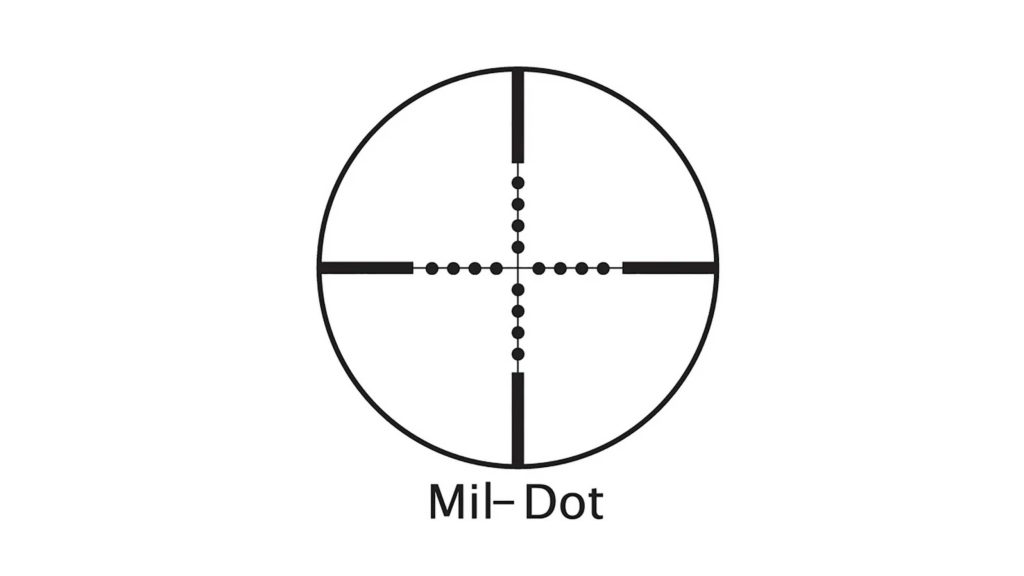
How To Quickly Measure Distance Using Mil Dots?
Clearly define the known target size
If you want to measure distance using a density point, there is a prerequisite, that is, you need to know the size of the target. For instance, you know that the target ahead is a person 1.8 meters tall or a car 2 meters wide. These known dimensions are the key to calculating the distance. It doesn’t matter if you are not sure about the dimensions of common targets. You can refer to a common target size reference table, which details the approximate dimensions of common targets such as human bodies, vehicles, and animals.
The number of cipher mil dots occupied by the measurement target
Observe the target through the scope, align the top of the target with one safe position and the bottom with another safe position, and calculate the difference between these two safe positions. For instance, when you observe a person, if there are exactly three mil positions occupied from the feet to the head, then these three mil dots are the mil dot differences you measured.
Calculate the distance by applying the formula
With the target size and the density difference, the distance can be calculated by applying the formula. Distance (meters) = Actual size of the target (meters) ×1000÷ density difference. Still taking the person who is 1.8 meters tall and occupies three secret Spaces as an example, the calculation process is 1.8×1000÷3=600 meters. In this way, it can be quickly concluded that the target distance is 600 meters.
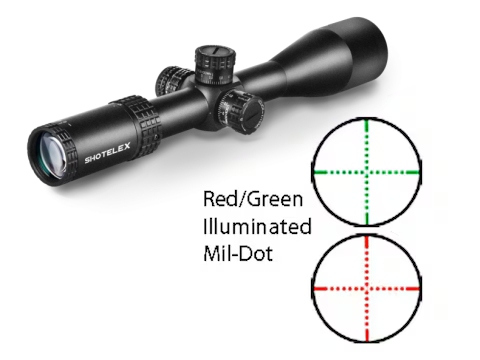
Ballistic Compensation Is Carried Out Using Mil Dots
A bullet does not always move in a straight line during its flight. Due to the influence of factors such as gravity, the farther the flight distance, the greater the distance the bullet will fall. This means that when the target distance changes, one can no longer simply aim at the cross center. Instead, the aiming point needs to be adjusted through the density point to perform ballistic compensation.
To perform ballistic compensation, you must first determine the ballistic data of your gun. The ballistic data vary for different firearms and ammunition. For instance, when your gun is at 300 meters, the bullet will drop by 1 meter. At 500 meters, the bullet will fall to 3 positions. You can obtain these data by referring to the manual of the gun or conducting live-fire tests yourself.
After knowing the target distance and trajectory data, the aiming can be adjusted according to the ranging result. Suppose you measure the target to be at 500 meters, and your gun’s trajectory needs to be compensated by 3 positions at 500 meters. At this point, you can no longer aim at the target with the cross center. Instead, you need to move the aiming point up from the cross center by 3 positions and then aim at the target. Only in this way can you improve the accuracy of shooting.
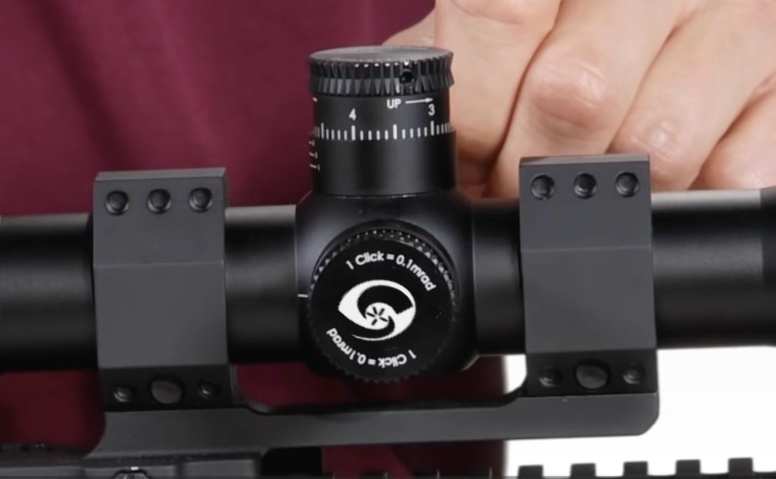
How To Use Mil Dots To Deal With Moving Targets?
When facing a moving target, the difficulty of shooting will increase significantly, and many people will end up “missing the target”. In fact, by using density points to calculate the lead time, this problem can be effectively solved.
First of all, you need to determine the direction and speed of the target’s movement. For instance, you find a target moving laterally. Through observation and estimation, you conclude that its speed is approximately 5 meters per second.
Then, calculate the lead mil dot based on the target distance. Take a distance of 300 meters as an example. After calculation, aiming one mil dot ahead of the target can increase the probability of hitting. The specific calculation process can refer to relevant ballistics knowledge and actual cases.
When aiming at a moving target, there is another skill to master, which is to keep your body fixed and turn the scope to follow the target. This can avoid aiming deviation caused by body movement and make aiming more stable.
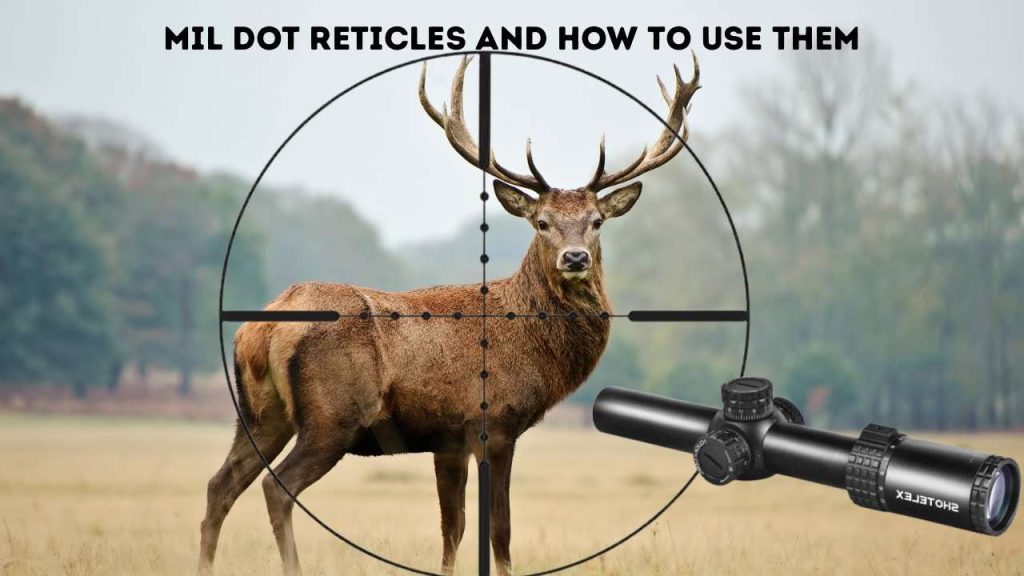
Some Practical Tips
Mastering some practical skills can make you more proficient when using close-contact mil dots. In daily life, one can use their fingers to gesture common objects to cultivate sensitivity to the secret level, thereby improving the speed and accuracy of estimating the secret level.
1. Pay attention to the influence of the magnification of the scope. When the magnification of some scopes changes, the density ratio will also change. Therefore, calibration needs to be carried out at the commonly used magnification to ensure the accuracy of the density data.
2. Remember the quick conversion tip that “1 mil dot corresponds to 10 centimeters at 100 meters”, which can help you quickly estimate the relevant data of close-range targets.
3. Do not calculate the distance difference in reverse. Otherwise, it will lead to incorrect distance calculation.
4. Do not overlook the correct selection of the target’s height and width. Making the wrong choice will directly affect the ranging result.
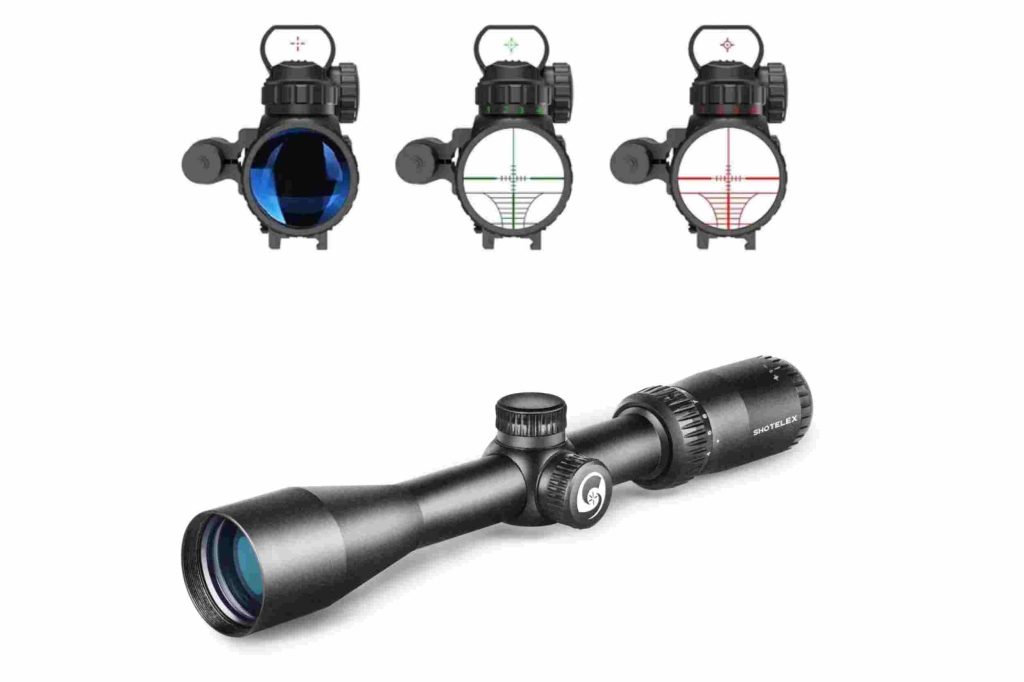
Conclusion
As a practical function on the rifle scope, the mil dot may seem complex, but in fact, as long as the basic principles and operation steps are mastered, long-distance shooting can become more accurate and controllable. From understanding the meaning of the decryption mil dot to using it for distance measurement and ballistic compensation, and then to dealing with moving targets, each link has its own logic and method. Of course, theoretical knowledge should also be combined with practical practice.
Through continuous operation, one can become familiar with the techniques and avoid mistakes. Only in this way can the role of the mil dots be truly brought into play, making you more confident when shooting and enabling you to handle various scenarios with ease. Hope this content can help you unlock the practical value of mil dots and improve your shooting skills.

